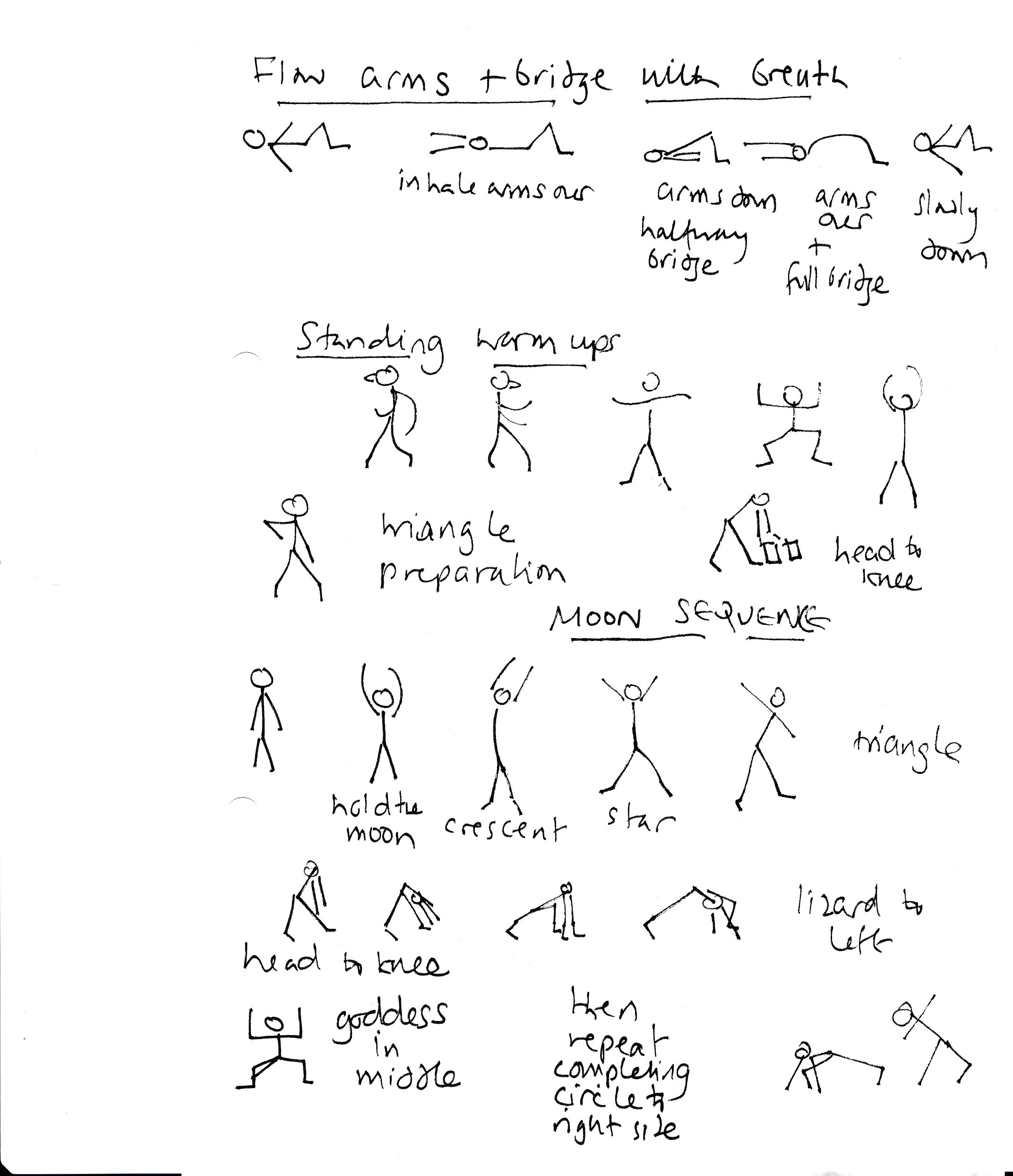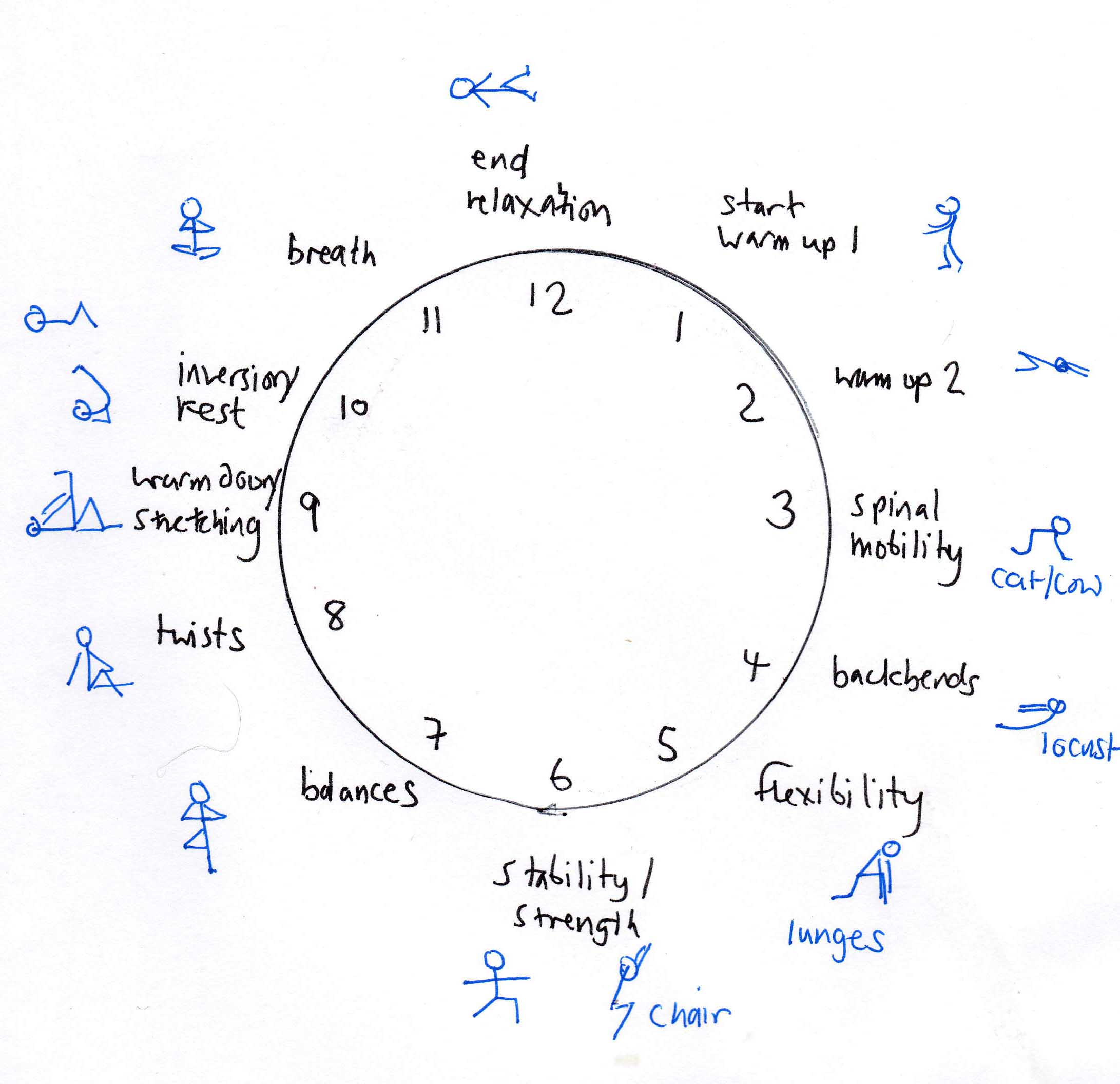Published: Jan 25, 2019 by Lucy Tennyson
Most of us have done or heard of the sun salutations, ideally practised in the morning, to awaken the body and create energy and heat. The modern interpretation of Surya Namaskar is as a dynamic sequence of poses which on a physical level builds stamina and strength and connects strong body movement with breath. If you like to think about it on a more symbolic level, the sequence offers gratitude to the sun and the energy and light it provides.
Like sun salutations, moon salutations are another modern concoction of more traditional yoga asanas. They can be included near the end of a longer session, or practiced by themselves as a restorative sequence to cool and soothe the body. They are especially nice to do in the evening as the meditative, calming quality of the poses helps to form a stronger connection to the breath, preparing the body and the mind for a restful night’s sleep.
Again, like the sun sequence, there are many variations of the moon salutation. I tend to move to the left first. You might like to imagine that the side stretches and circular motion of the sequence represent the waxing and waning phases of the moon.
The sketches below act as a reminder. Please adapt to your own needs, and remember to stretch and warm up the sides of the body first.

